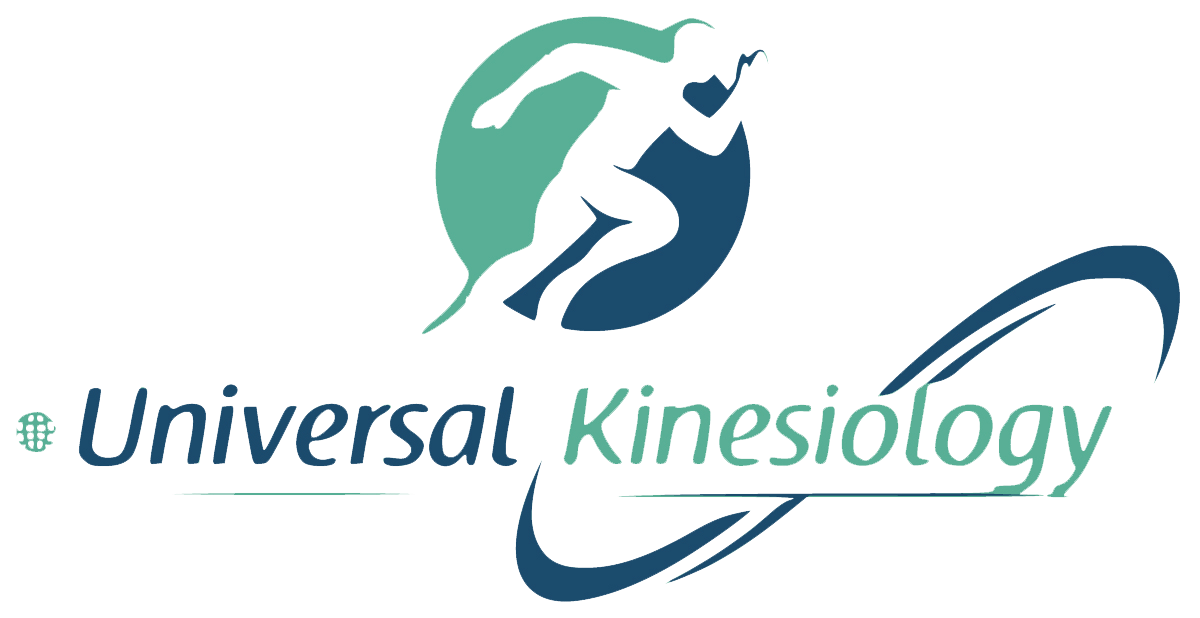Dear readers,
have you ever wondered whether art might play a role in promoting and maintaining health?
There is a great interest in the research field to understand the role of arts in the health domain. Therefore, I would like to introduce you brief concepts.
What is meant by arts?
Although there is no precise conceptual definition of art, the term arts embraces various human activities such as painting, music, literature and dance involving creative imagination and emotional power.
Is there a link between arts and health?
According to the World Health Organisation (WHO), health is defined as“a state of complete physical, mental and social well-being and not merely the absence of disease or infirmity”.
Over the past two decades, there has been a major increase in the use of arts in providing support in the treatment and prevention of several diseases, promoting health and well-being.
Specifically, the WHO has published a synthesis report (Fancourt, D., & Saoirse, F., 2019) collecting a wide range of studies (over 900 global publications) involving different types of arts.
Five are the broad categories of arts that have been proposed in relation to health research:
- performing arts (e.g., activities in the genre of music, dance, theatre, singing and film);
- visual arts, design and craft (e.g., crafts, design, painting, photography, sculpture and textiles)
- literature (e.g., writing, reading and attending literary festivals);
- culture (e.g., going to museums, galleries, art exhibitions, concerts, the theatre, community events, cultural festivals and fairs);
- online, digital and electronic arts (e.g., animations, film-making and computer graphics).
Arts in health
Each of the arts’ categories involves several components (e.g., an evocation of emotion, cognitive stimulation, social interaction, physical activity) able to trigger psychological (e.g., enhanced self-efficacy), physiological (e.g., lower stress hormone response), social (e.g., reduced loneliness) and behavioural responses (e.g., increased exercise) which are linked with health-related outcomes.
The application of arts is done in several contexts like health care environments, community and hospital-based programmes, medical training, medical humanities and art therapy.
The fact that art is so varied allows it to reach every context in different ways. This underlines how art’s benefits can be found in different fields of application. For instance, in healthcare settings art might be applied as a supplement or enhance treatment protocol. If you remember, one of my earliest posts underlined the positive effects of a dance intervention in patients affected by Parkinson’s diseases. This is a clear example of how art can be a complementary approach for beneficial effects on health.
Art offers all its creativity; it is up to us to decide how best to exploit its great potential.
References
Fancourt, D., & Saoirse, F., (2019). Report- what is the evidence on the role of the arts in improving health and well-being? A scoping review.Health Evidence Networks Synthesis Report 67;
Edited by
Dott.ssa Francesca Greco



Commenta con Facebook